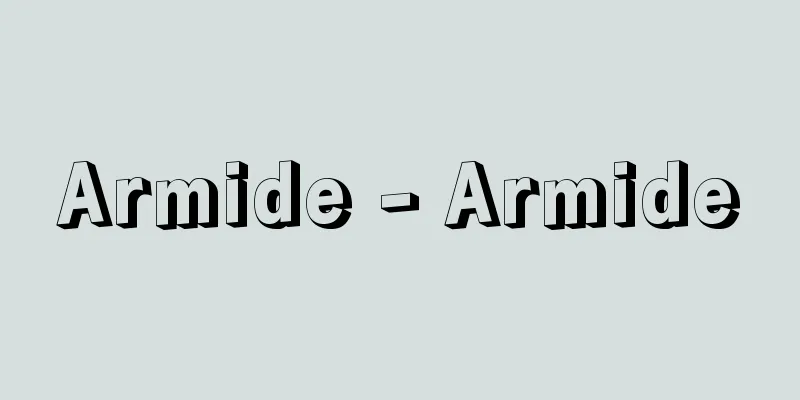Land ticket - Chiken

|
Certificates of land ownership issued by the Meiji government to landowners from 1872 (Meiji 5). They are broadly divided into Jinshin land certificates, issued around the time the ban on permanent land sales was lifted in February 1872, and Revised land certificates, which were issued after the Jinshin land certificates were recalled and replaced with new certificates based on the promulgation of the Land Tax Reform Law in July of the following year. There are two types of Jinshin land certificates: those issued to urban areas, which had previously been tax-free, and those issued to county and village land, which had been subject to tax. The former were first issued in Tokyo Prefecture in December 1871. At the same time, a new tax (koken tax) of 1/100 of the land price was imposed. The latter was initially issued to land that was being sold, and in July of the same year it was issued to general land nationwide. The tax rate for county and village land certificates remained unchanged. Revised land certificates were issued for each plot of land, and a new tax of 3/100 of the land price stipulated in the Land Tax Reform Law (2.5/100 from 1977) was imposed. Land certificates lost their private law function with the establishment of the notarization system, and were abolished in March 1989 when the Land Register Regulations were enacted. Furthermore, in the foreign settlements established in Yokohama, Nagasaki, and other places based on the Ansei Five-Nation Treaty of 1858 (Ansei 5), consuls from each country issued title deeds to perpetual leaseholders of their respective countries (the landowner of the foreign settlement was the shogunate, or Japanese government), certifying their leasehold. These are also called land certificates. [Kunio Niwa] Source: Shogakukan Encyclopedia Nipponica About Encyclopedia Nipponica Information | Legend |
|
1872年(明治5)以降、明治政府が土地所有者に発行した土地所有権を証明する証券。72年2月の土地永代売買解禁に前後して発行された壬申(じんしん)地券と、翌73年7月の地租改正法公布に基づき、壬申地券を回収し改めて交付した改正地券とに大別される。壬申地券は、従来無税の市街地に発行されたものと、有租の郡村地に発行されたものとの2種類があり、前者は、71年12月東京府下に発行が達せられたのが最初である。発行とともに地価100分の1の新税(沽券(こけん)税)が課せられた。後者は、初めは売買譲渡される地への交付が達せられ、同年7月には全国一般の地に交付されることになった。郡村地券では、貢租は従来のまま据え置かれた。改正地券は、一筆の地に一枚ずつ交付され、地租改正法で定められた地価100分の3(77年から100分の2.5)の新税が課せられた。地券は、公証制度の整備につれて私法的機能を失い、89年3月、土地台帳規則制定に至って廃止された。 なお、1858年(安政5)の安政(あんせい)五か国条約に基づき横浜、長崎などに設けられた居留地内で、各国領事は、当該国の永代借地人(居留地の土地所有権者は幕府=日本政府)にその借地権を公証する証券Title Deedを発行した。これをも地券と称している。 [丹羽邦男] 出典 小学館 日本大百科全書(ニッポニカ)日本大百科全書(ニッポニカ)について 情報 | 凡例 |
Recommend
Callithricidae
…A general term for small New World monkeys belon...
Egumeshina - Egumeshina
…There are many prehistoric rock paintings. The m...
packhawaj (English spelling)
...It is sometimes paired with a drum called a ba...
False representation - false representation
It refers to conspiring with the other party to ma...
Gnaphalium luteoalbum (English name) Gnaphalium luteoalbum
… [Tadashi Fukatsu]. … *Some of the terminology t...
Red Week - Red Week
…At the age of 17, he joined the Republican Party...
Buddha's Birthday - Kanbutsu-e
April 8th is a Buddhist ceremony to celebrate the...
Karato Island - Karato
…Although a certain number of Ainu lived in the J...
Wilhelmshoehe - Wilhelmshoehe
...The city was formed by combining the old town ...
Kino Sojo - Kino Sojo
…A Shingon Buddhist monk in the early Heian perio...
Kyoto Red Flag Incident
…High Treason Incident (2) An incident that occur...
Oyodo [town] - Oyodo
A town in Yoshino County, central Nara Prefecture....
Fumi no Dan - Fumi no Dan
The name of a part of the Noh play "Kumano (Y...
Blue parrot fish
A marine fish belonging to the order Perciformes,...
Sulfur monofluoride
… [Disulfur difluoride] Chemical formula: S 2 F 2...









